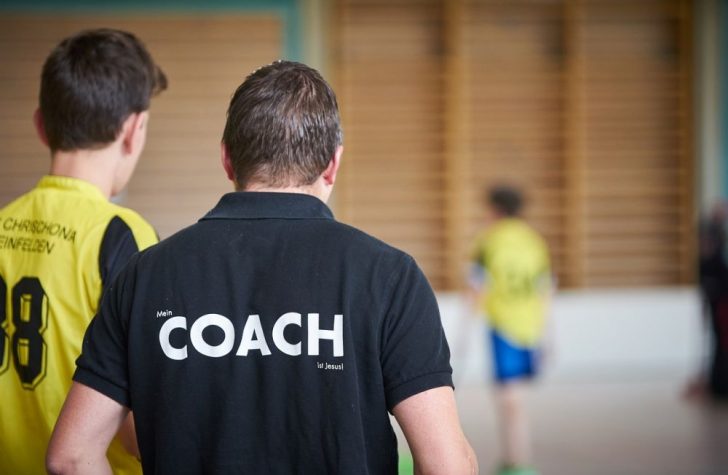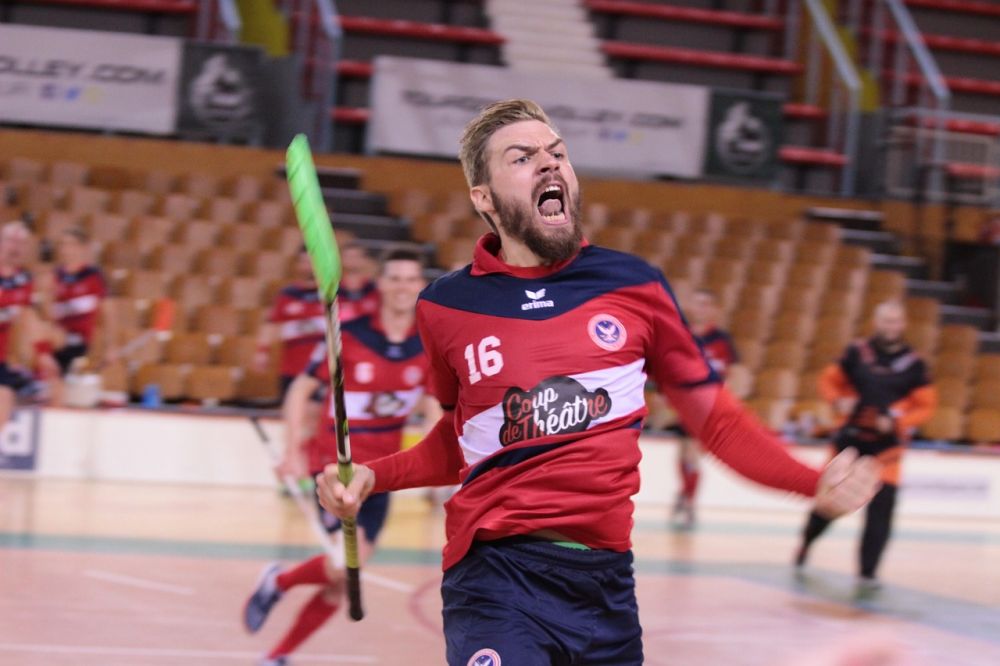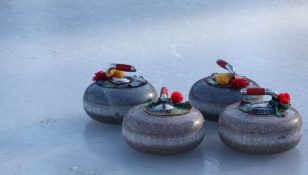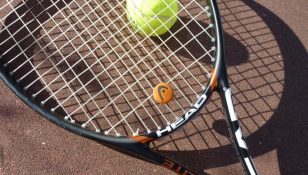Innebandy Se: A Comprehensive Guide to the World of Floorball

Introduction:
Innebandy Se is an exciting and fast-paced sport that has gained immense popularity globally. In this article, we will delve into the world of Innebandy Se, providing a thorough overview of the sport, its various types, popularity, quantitative measurements, differences between them, and a historical analysis of their pros and cons.
1. An Overview of Innebandy Se:

Innebandy Se, also known as floorball, is a team sport that originated in Sweden in the 1970s. It combines elements of hockey and football and is played indoors on a rectangular, hard-floor surface. The objective is to score goals by hitting a lightweight plastic ball into the opponent’s net using a curved stick.
2. Types of Innebandy Se and their Popularity:
Innebandy Se encompasses several variants, each with its distinct characteristics and level of popularity. Some common types include:
a) Traditional Innebandy Se: This is the standard and most widely played version of the sport. It involves teams competing against each other with five field players and one goalkeeper. The games are fast-paced, with quick passes and high scoring rates.
b) Junior Innebandy Se: Geared towards younger players, this variant features modified rules and equipment to suit their age and skill levels. Junior Innebandy Se focuses on skill development, teamwork, and fair play.
c) Women’s Innebandy Se: With a growing number of female players, there is a dedicated focus on women’s Innebandy Se. This variant showcases the talents of female athletes and highlights the unique aspects of the game for women.
d) Para Innebandy Se: This inclusive variant allows individuals with disabilities to actively participate in the sport. Modified rules and adapted equipment ensure that everyone can enjoy the thrill of Innebandy Se.
These various types of Innebandy Se have gained popularity globally, with numerous leagues and tournaments organized at all levels.
3. Quantitative Measurements in Innebandy Se:
To gauge the sport’s progress and assess player performance, quantitative measurements are essential. Some key metrics in Innebandy Se include:
a) Goals Scored: Keeping track of goals scored by individual players or teams helps evaluate offensive productivity and strategy effectiveness.
b) Assists: Measuring the number of assists highlights the importance of teamwork in Innebandy Se and recognizes players’ ability to create scoring opportunities.
c) Shots on Goal: Quantifying the number of shots on goal showcases the offensive effort and shooting accuracy of players.
d) Time on the Ball: Tracking the amount of time players spend in possession of the ball gives insights into ball control and individual contributions to the game.
4. Differences between Innebandy Se Variants:
While all variants of Innebandy Se share common elements, there are distinct differences between them. These include rule variations, equipment specifications, field size, and specific strategies employed. Differentiating these variants enables players and spectators to appreciate the nuances and unique features of each type.
5. Historical Analysis of Pros and Cons:
Over the years, Innebandy Se has evolved, leading to various improvements and challenges. Analyzing the historical perspective allows us to identify the benefits and drawbacks associated with different variants. Factors such as inclusivity, tactical developments, skill requirements, and spectator appeal provide a comprehensive view of the sport’s progress.
Conclusion:
Innebandy Se has become a global phenomenon, captivating players and fans alike. With its fast-paced nature, skillful maneuvers, and inclusivity, it continues to gain traction worldwide. This comprehensive guide has provided an in-depth understanding of Innebandy Se by exploring its different types, popularity, quantitative measurements, variations between them, and a historical overview. Whether you’re new to the sport or a seasoned player, Innebandy Se offers excitement and endless possibilities.
References:
– Insert relevant references/sources here.

















